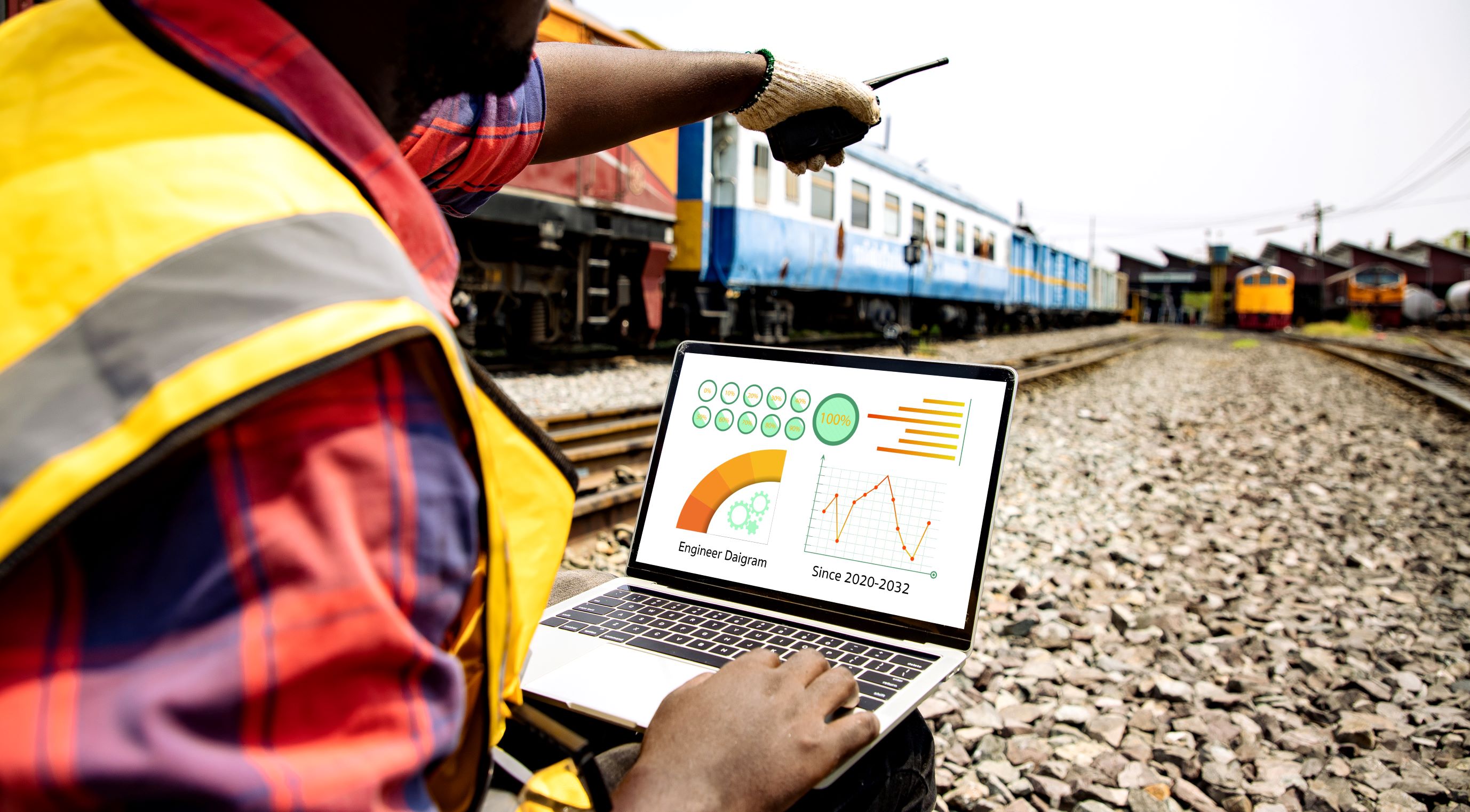
Data Analytics is about collecting, structuring and analysing data in order to gain insights and inform decision-making. It covers tools and techniques across disciplines such as statistics, computer science and machine learning to extract knowledge and insights from data.
When looking specifically at the rail and wider public transportation network, data analytics has significant potential to optimise a wide range of processes and improve decision-making to ultimately improve efficiency, safety and the overall customer experience.
These data sources may originate from a wide variety of devices, services and systems. In fact, many organisations don’t fully understand how many data sources they have in total, their level of complexity, the data sets within them or how to make use of them as part of a data or business intelligence project. When delivering such projects, it is common to start with quite simple and limited proof of concepts. IJYI and ITAL have worked together and delivered several engagements across rail and tram operators.
Some of the top uses for Data Analytics in this sector include:
- Improving the efficiency of train schedules and staff: Data analytics can be used to analyse customer behaviour patterns and demand for rail services to enable the scheduling of trains and the allocation of staff to be optimised.
- Revenue Protection: By analysing customer data, such as ticketing and passenger information, to identify trends and patterns in customer behaviour. This information can be used to identify where usage patterns do not align with ticket sales and therefore inform revenue protection practices.
- Predicting and mitigating delays and disruptions: Identify trends and patterns that may cause delays or disruptions, such as large public events (e.g. football matches), weather events or equipment failures. This information can be used to predict and mitigate these disruptions, helping to improve the reliability of rail service.
- Optimising maintenance schedules: Analysis of maintenance data can identify patterns and trends in order to predict when maintenance is likely to be required. This can help to reduce downtime and increase reliability.
- Identifying and addressing potential safety risks in rail operations: Incident and accident data can be analysed to identify trends and patterns that may indicate potential safety risks in rail operations, such as equipment failures or accidents. Use of this information proactively can help address these risks and improve overall safety.
- Customer service: Ultimately, all these use cases can contribute to improving the customer experience by enabling a more reliable, safe and efficient service to rail passengers.
If you are interested to learn more, then please get in touch.




About the author
IJYI Ltd
IJYI Ltd.